History of the O'mahony Septs of Kinelmeky and Ivagha —— From Journal Cork Historical and Archæological Society
-----
For the compilation of a tribal history the genealogical list is, of course, necessary material; indeed it must be the framework, the back bone of the history. But, as'has been already stated, it was compiled for a practical and not for a historical purpose. From the point of View of the historian the Genealach labours under several defects. It gives no date; and the time when any person mentioned in it flourished can only be known from his place in the pedigree compared with some historical landmark, or must be ascertained from some other source. It does not give the names of females, and thus no account is kept of the intermarriages between families belonging to different tribes. It does not indicate the names of the chiefs (as such); any one of them who left no son gets no place in the list. Only in those rare instances (as in the case of the Western o'mahonys after a.d. When succession by Tanist law was set aside by an influential ruler of a sept, does the genealogical list become also a list of chieftains. The important information omitted by the Ollaves and Shanachies, who put together the pedigrees, is supplied by the Annals, by the biographies of the Saints in incidental references to their contemporaries, and by the Bards. Fortunately it was the custom, when a name of any important person was mentioned by Annalist, Hagiographer, or Bard, to define him by giving the names of his father and grandfather, and some times his great-grandfather. For more recent times State Papers, especially Inquisitions, give useful information.
{{comment.content}}
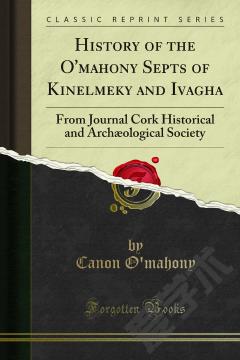
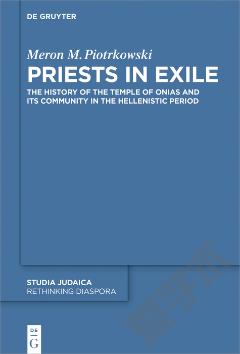

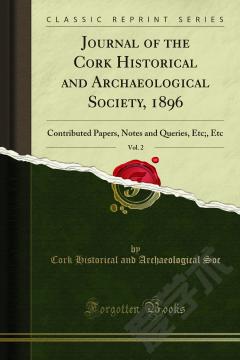
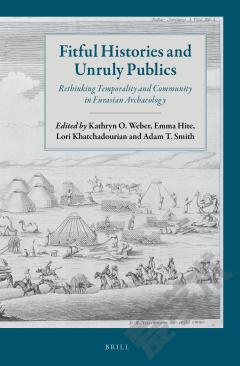

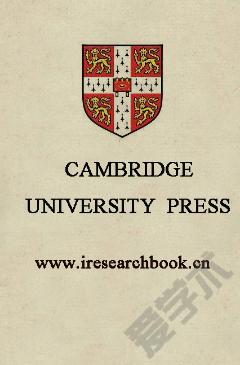

 京公网安备 11010802027623号
京公网安备 11010802027623号